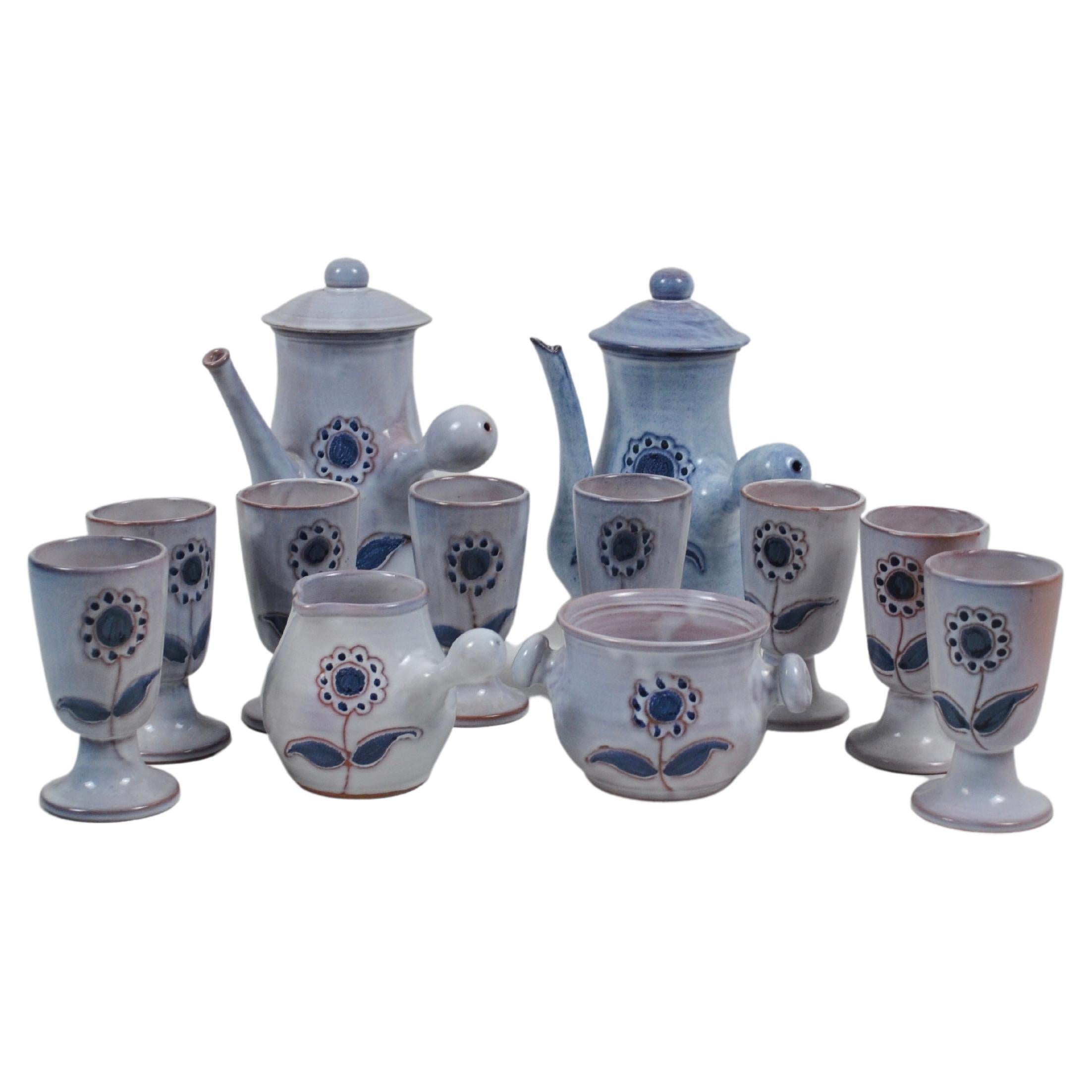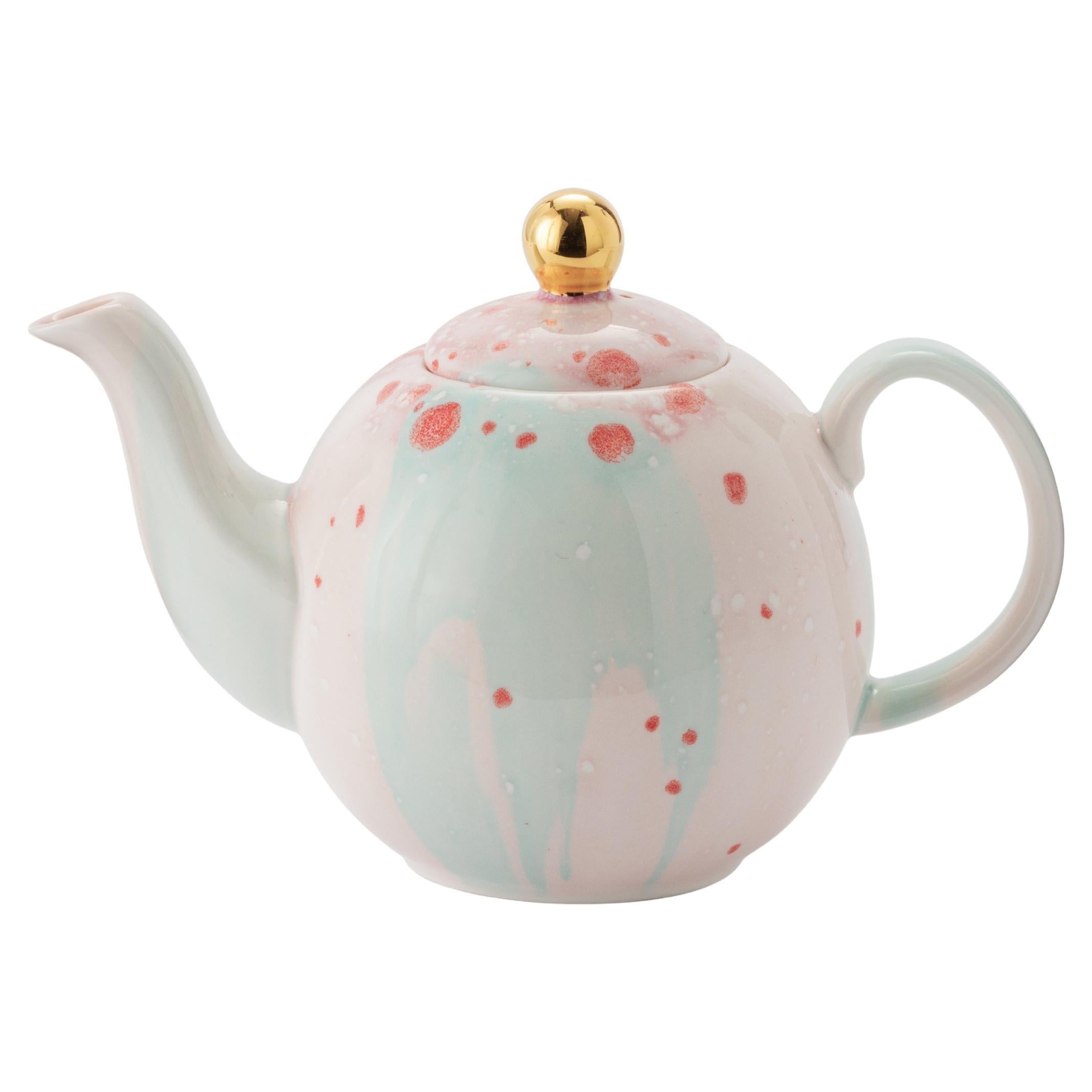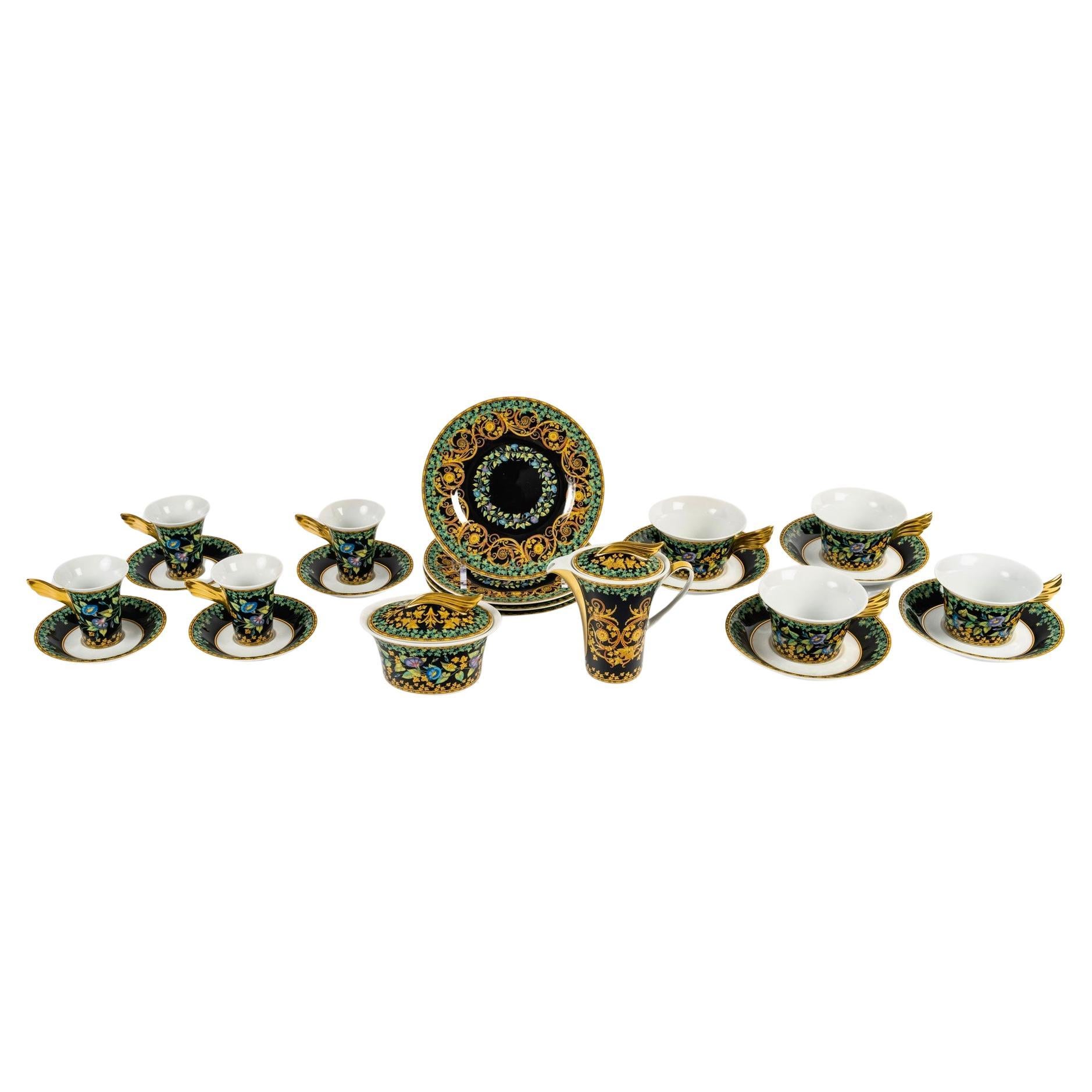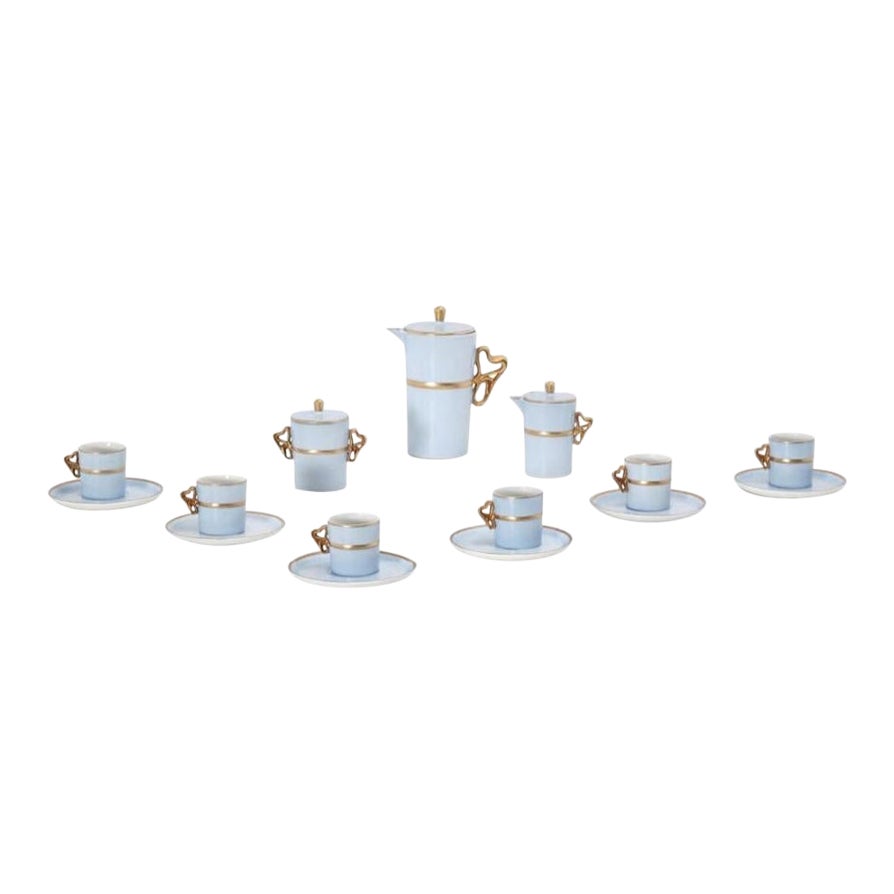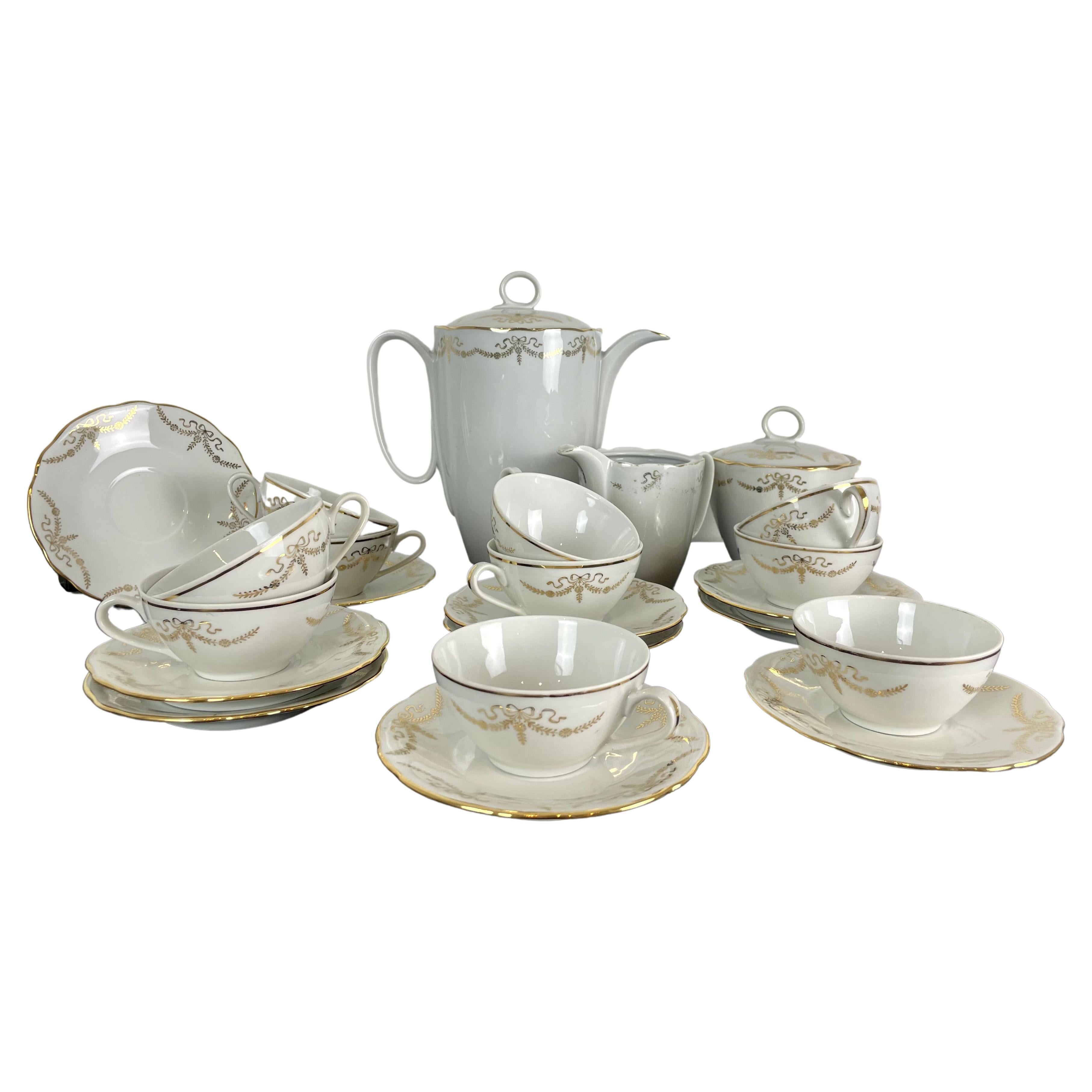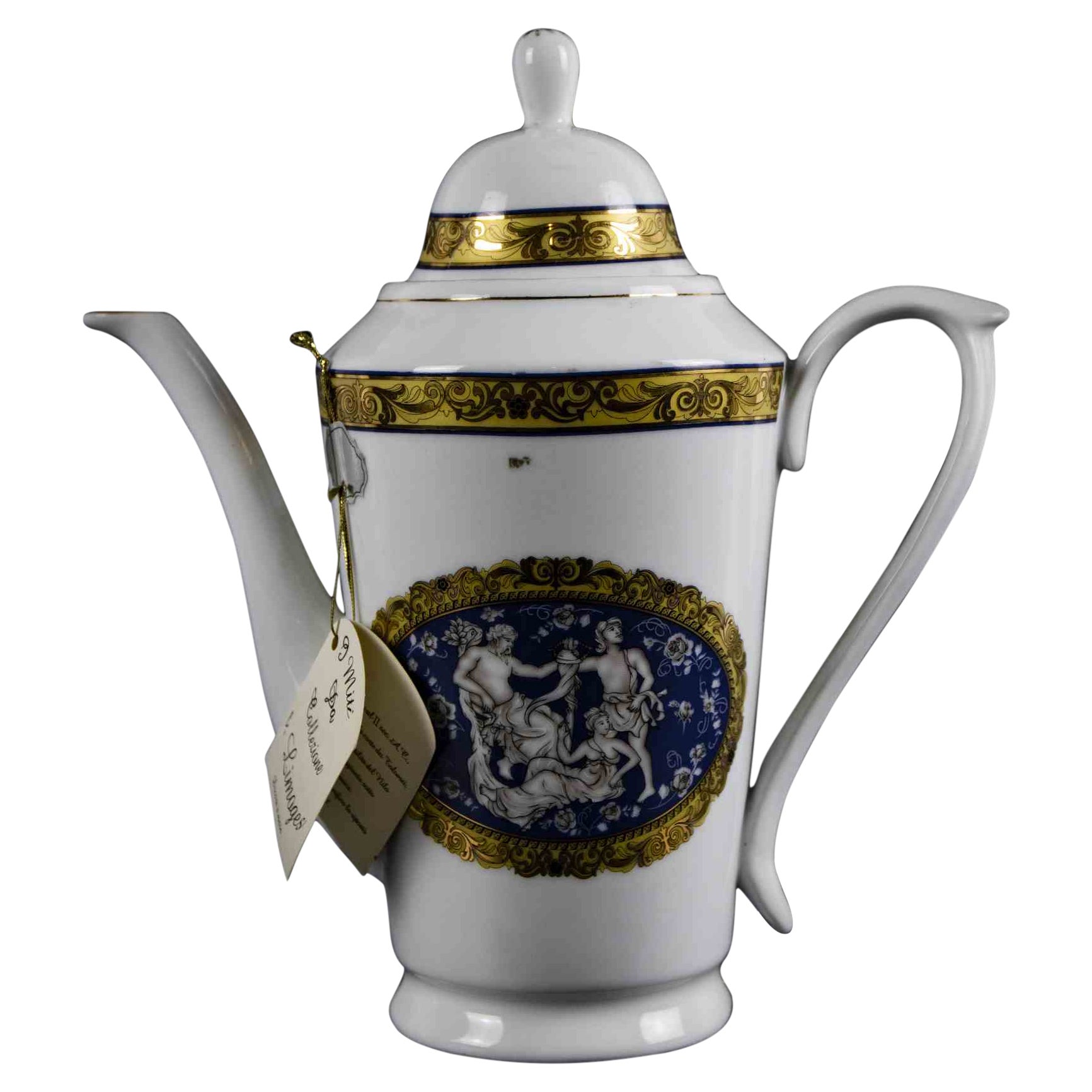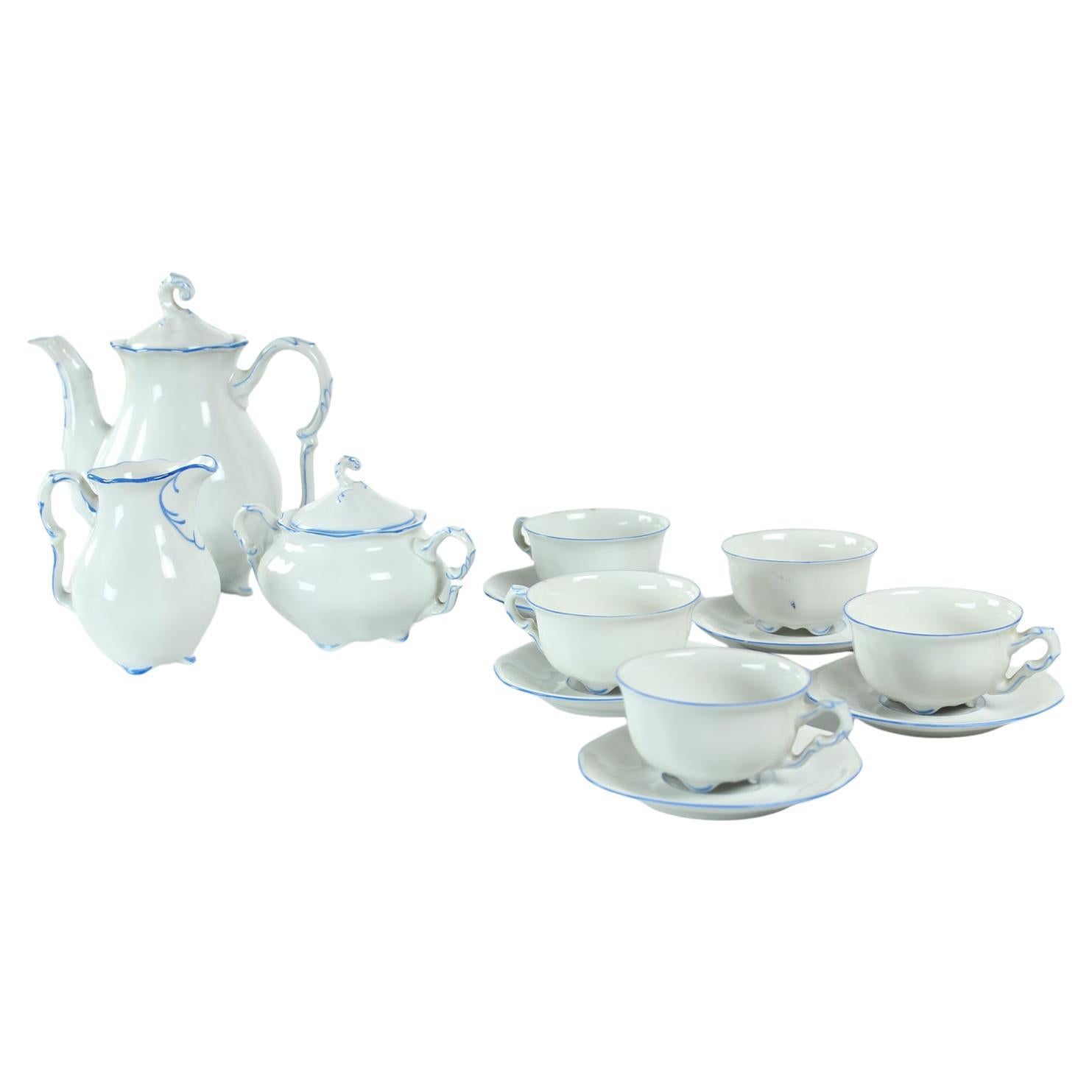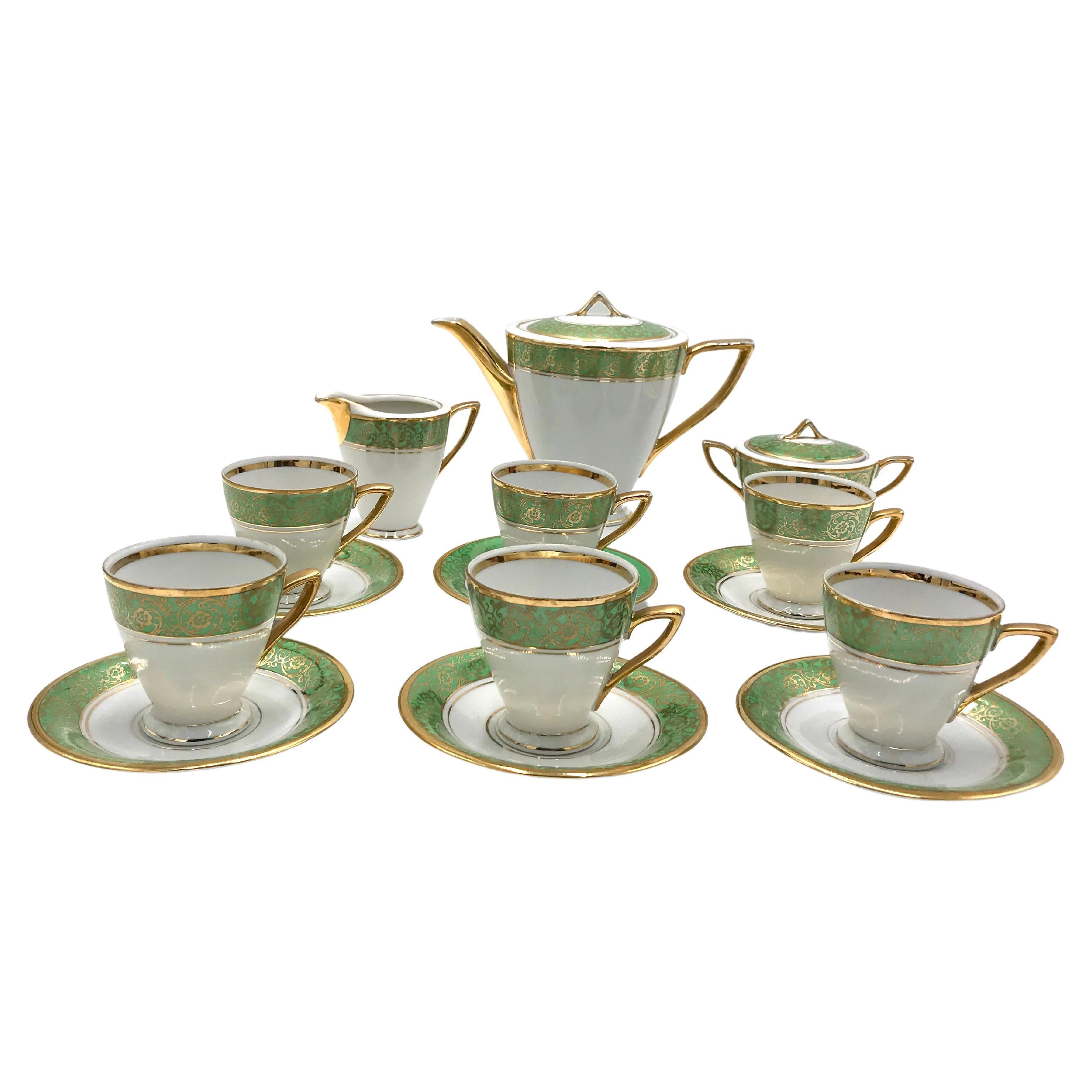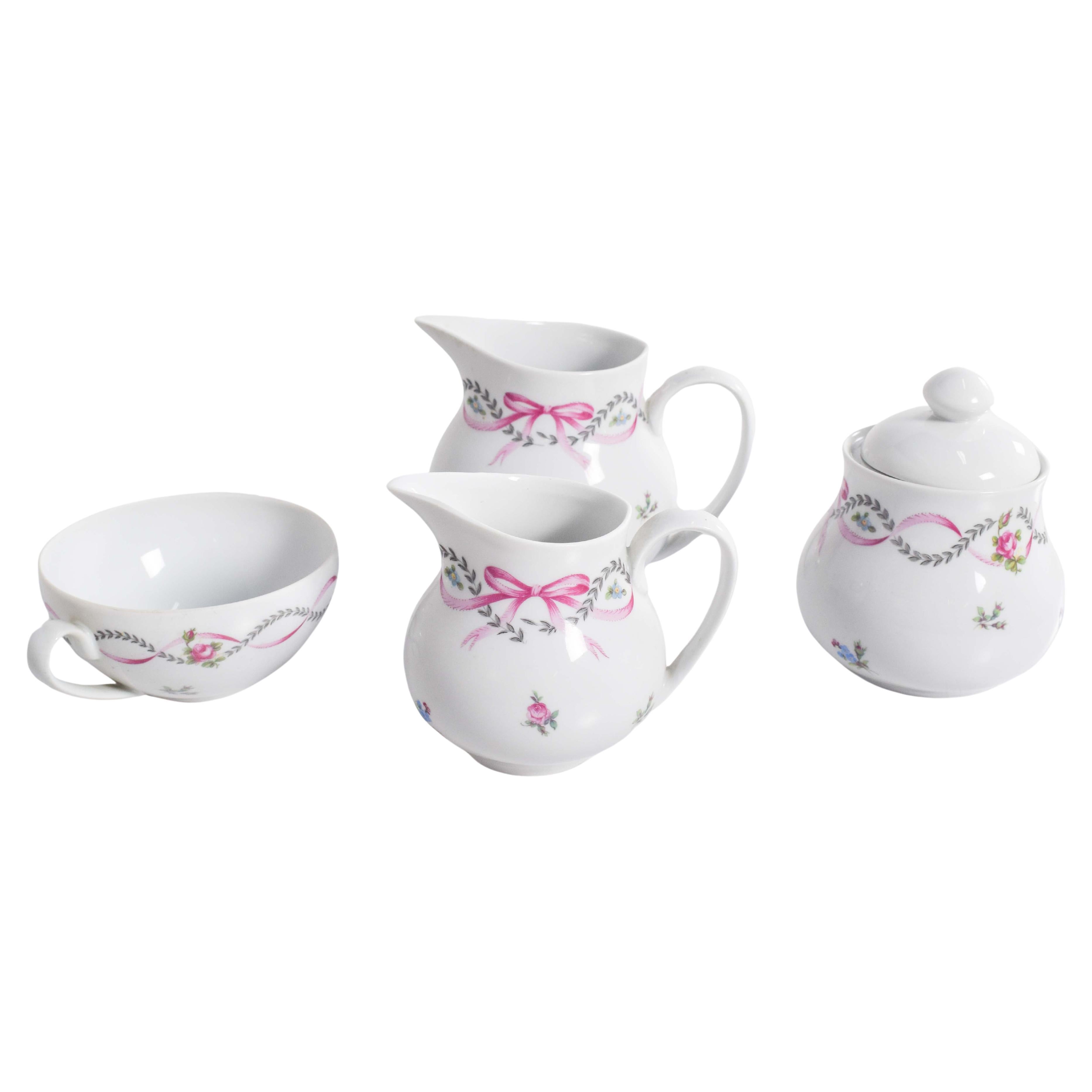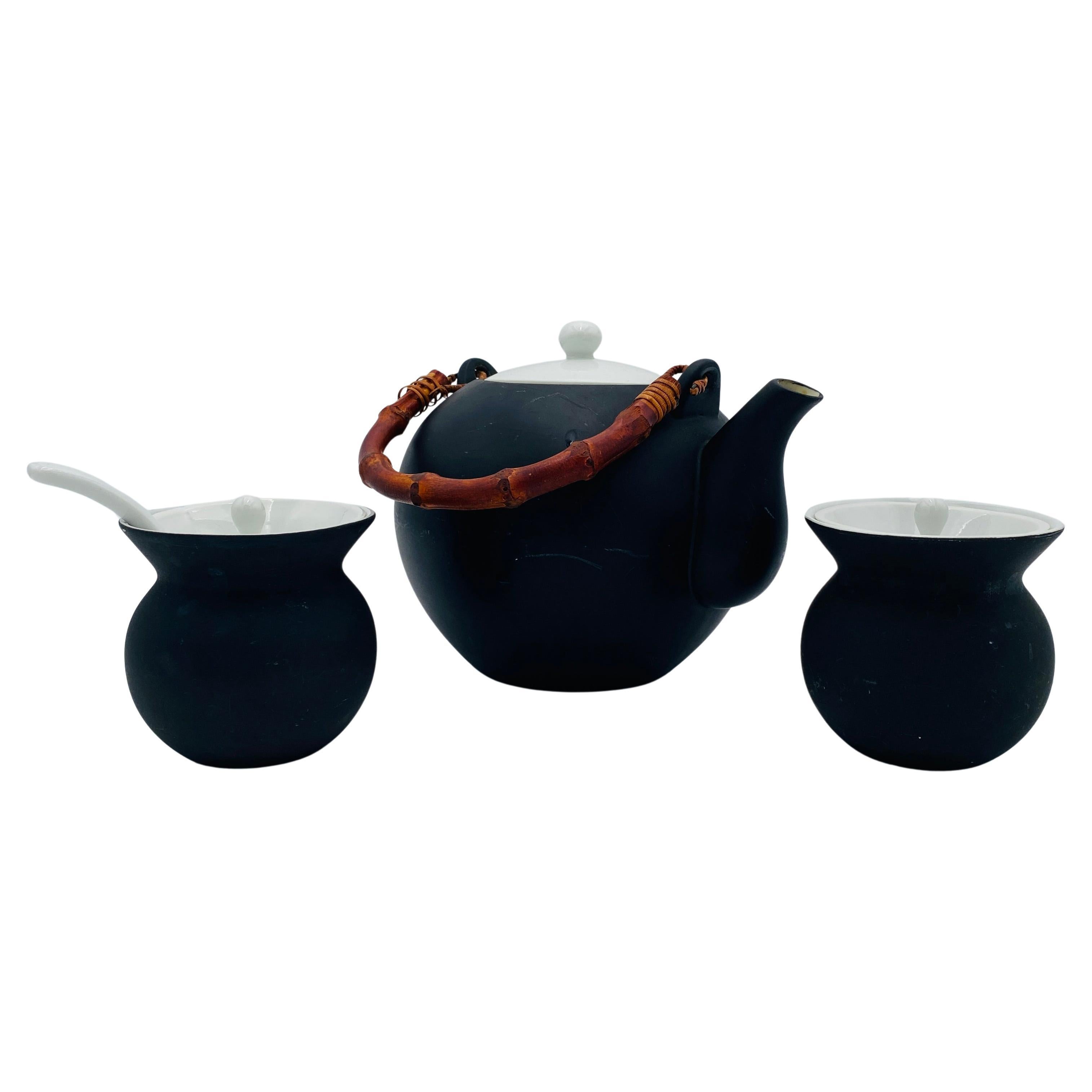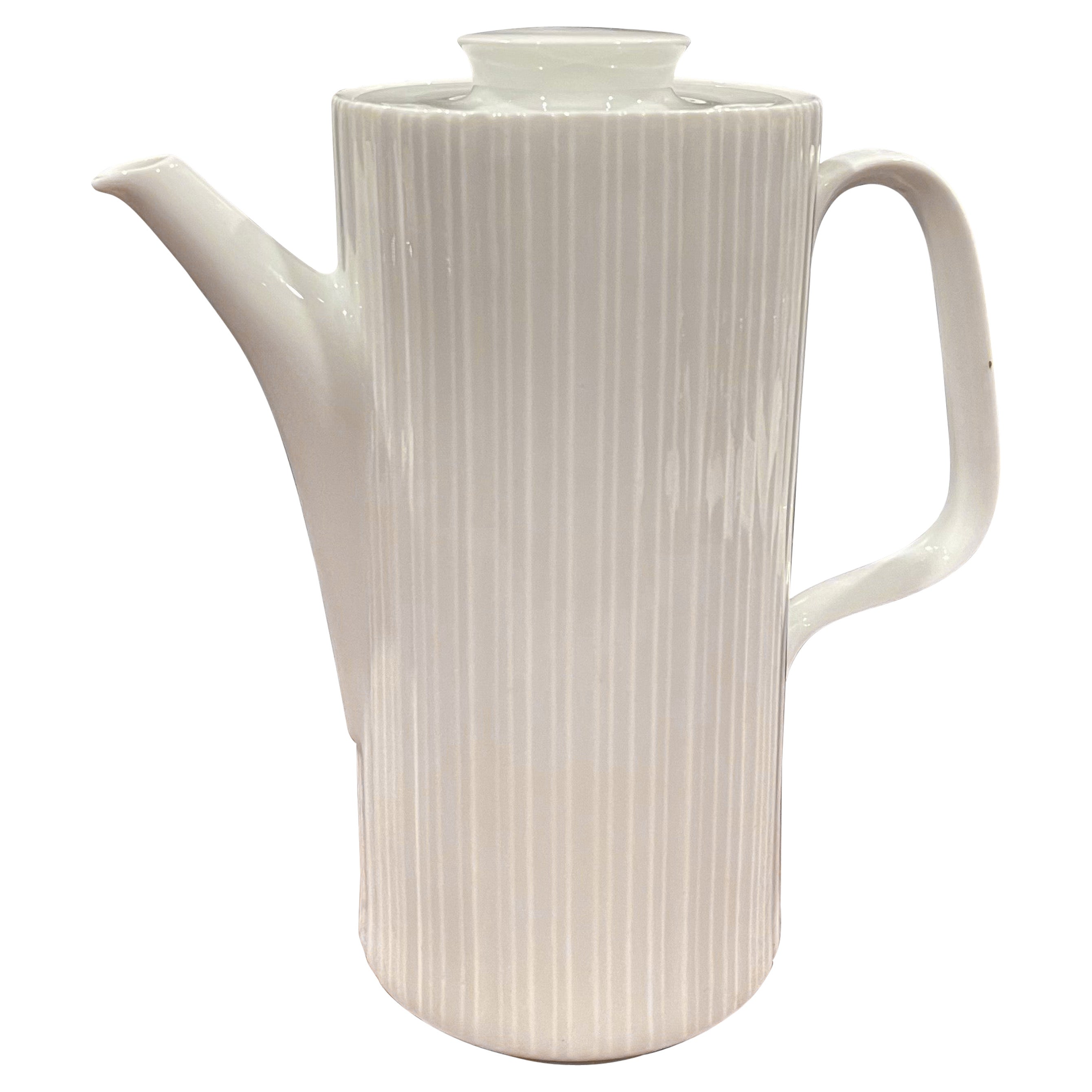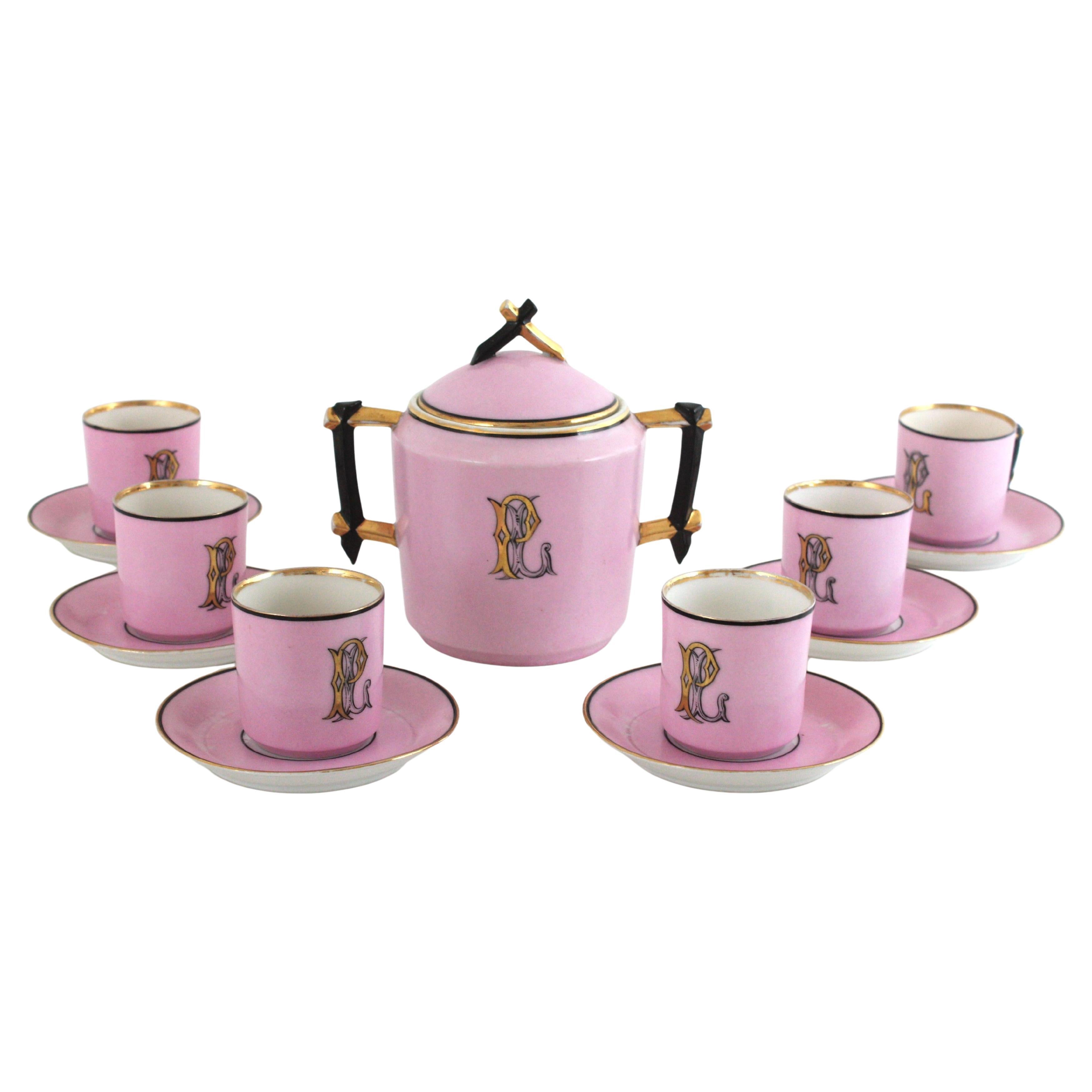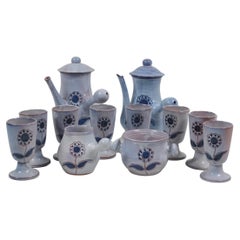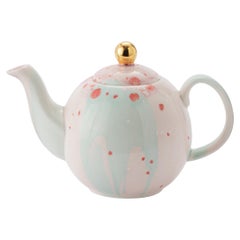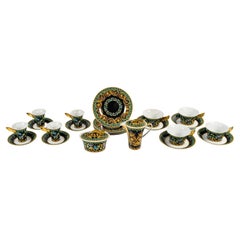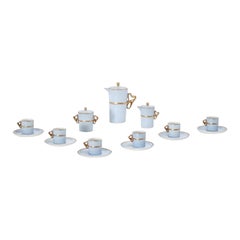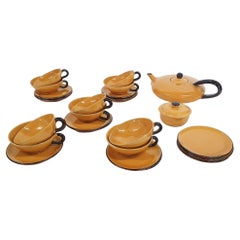
Ochre Porcelain Tableware by Roger Mourre for Dieulefit, France, 1950's
View Similar Items
1 of 20
Ochre Porcelain Tableware by Roger Mourre for Dieulefit, France, 1950's
$1,494.87List Priceper set
About the Item
- Creator:Dieulefit (Manufacturer)
- Dimensions:Height: 4.34 in (11 cm)Width: 7.88 in (20 cm)Depth: 11.82 in (30 cm)
- Sold As:Set of 24
- Style:Mid-Century Modern (Of the Period)
- Materials and Techniques:
- Place of Origin:
- Period:
- Date of Manufacture:1950
- Condition:Wear consistent with age and use.
- Seller Location:Amsterdam, NL
- Reference Number:1stDibs: LU3940326076342
Authenticity Guarantee
In the unlikely event there’s an issue with an item’s authenticity, contact us within 1 year for a full refund. DetailsMoney-Back Guarantee
If your item is not as described, is damaged in transit, or does not arrive, contact us within 7 days for a full refund. Details24-Hour Cancellation
You have a 24-hour grace period in which to reconsider your purchase, with no questions asked.Vetted Professional Sellers
Our world-class sellers must adhere to strict standards for service and quality, maintaining the integrity of our listings.Price-Match Guarantee
If you find that a seller listed the same item for a lower price elsewhere, we’ll match it.Trusted Global Delivery
Our best-in-class carrier network provides specialized shipping options worldwide, including custom delivery.You May Also Like
tea/coffee service, "Les grottes Dieulefit", France, 50's
By Dieulefit
Located in Marinha Grande, PT
tea/coffee service by "Les grottes Dieulefit", France, 50's
It is composed of 2 teapots with lid (h: 26 cm; d: 19 cm)
1 sugar bowl (h: 9.5; d: 16...
Category
Vintage 1950s French Mid-Century Modern Tea Sets
Materials
Ceramic
$755 Sale Price
20% Off
Contemporary Teapot Hand Painted in Italy Porcelain Tableware
By Coralla Maiuri
Located in Roma, RM
Handcrafted in Italy from the finest porcelain, this Berry teapot is entirely decorated with a dotted pink enamel.
Measures: Teapot 20 x 12 x 14 H cm - 60cl - 20oz
Piazza del Popolo, Berry collection
Hand painted porcelain
Made in Italy
First introduced at Milan Design Week 2018, the Piazza del Popolo collection is named after a Roman landmark, at the heart of Roman everyday life, and inspired by traditional, simple Italian artisanal pottery yet decorated in a personal and elegant key.
Each Coralla Maiuri product is entirely hand decorated. Each is a work of art. While ensuring consistency, they are never identical. Slight variations of decor and color from one to another are not only normal, but to be expected as a sign of their uniqueness.
For large quantities, production lead time to be confirmed.
Dishwasher and microwave oven safe.
Category
2010s Italian Modern Tea Sets
Materials
Porcelain
Versace - Porcelain Tableware Tea Coffee Set Gold Ivy
By Versace, Versace Home Collection
Located in Boulogne Billancourt, FR
Tea and Coffee Set "Gold Ivy" made in porcelain by Versace in 1990s.
All pieces are signed.
All pieces are in perfect condition.
Set including 22 pieces :
- 4 tea cups with 4 sau...
Category
1990s Italian Art Deco Tea Sets
Materials
Porcelain
Antonia Campi Tea Service for Six in Porcelain and Gold by Laveno 1950s
By Antonia Campi, S.C.I. Laveno
Located in Montecatini Terme, IT
Rare ceramic tea service for six in a very elegant light blue shade with decoration refined in pure gold, it was designed by Antonia Campi and manufactured by Laveno Ceramica in Verbano during the early 1950s.
This set is composed of six (6) teacups, six (6) tea saucers, one (1) sugar bowl, one (1) teapot, and one (1) milk jug.
Measurements:
-Six cups 6 x 8 x 5.5 cm (each)
-Sugar bowl 9 x 12 x 7 cm
-Teapot 19 x 16, 5 x 9.5 cm
-Milk Jug 11 x 12 x 7 cm.
In 1856 Carlo Caspani, Alessandro Carnelli, and Severino Revelli, three employees of the Richard Ginori ceramics factory in Milano, set up the Società Ceramica C.C.R. making use of a disused building that had been a glass factory near the lakeshore. Production mainly consisted in fine earthenware and fire bricks.
One of the key choices for the success of this initiative was an industrial-scale production of low-cost earthenware for domestic use.
The manufacture of Laveno was gaining reputation; so that in 1869 part of its activity had to be moved to a new building called “Lago”.
In 1883 it adopted a new denomination, Società Ceramica Italiana (with an S.C.I. trademark) that was to become famous.
During this period, S.C.I. was led by bright managers: Tommaso Bossi and his successor Luciano Scotti, a graduate in engineering who led the company all the time from 1895 to 1956, raising it to its top level of capacity and production.
In 1925 the Mulini plant was built in the Boesio area, where the blends and ''bodies'' were prepared. The Magazzini Generali (a warehouse), were also built and directly connected to the railway network. All the factory sites were interconnected by a “Decauville” railway for transporting materials. Also in 1925 the Verbano plant was built, following an agreement with the German Rosenthal company, for producing porcelain tableware and, later, ceramic insulators.
The drive for innovation in production technologies, that took place during the Twenties, was accompanied by an equally intense artistic development. During the twenty's the architect Piero Portaluppi started collaborating with S.C.I. and thanks to Luciano Scotti’s foresight, young Guido Andlovitz, who had entered the company in 1923, was appointed art director in 1925, who introduced a renewal in the style of shapes and decorations, so that towards the end of the 1920s Ceramica di Laveno competed with Richard-Ginori, for the leading position in the ceramic art of Italy.
Near the end of the 1930s, collaboration was started with Angelo Biancini, who created a new product line of artisan taste.
In the late Forties, the young Antonia Campi joins the company as a decoration worker. Immediately, Guido Andlovitz notes her ability and potential qualities, and moves her into the artistic department. Starting with her 1948 first tiny vase...
Category
Vintage 1950s Italian Mid-Century Modern Tea Sets
Materials
Gold
French porcelain Coffee / Tea Service for 10 People
Located in Beuzevillette, FR
Nice coffee or tea service from the first half of the 20th century for 10 people.
Beautiful porcelain quality, white with fine gold edging and gold patterns on each piece.
High Porce...
Category
Early 20th Century Tea Sets
Materials
Porcelain
$251 Sale Price
25% Off
Limoges Porcelain Teapot, 1950s
By Limoges
Located in Roma, IT
Limoges porcelain teapot is an original decorative object realized in the Mid-20th Century.
Made in France.
Original fine Limoges Porcelain with...
Category
Vintage 1950s French Tea Sets
Materials
Porcelain
Recently Viewed
View AllMore Ways To Browse
Tea Cups 1950s
Japanese Tea Sets Antique
Antique Silver Sugar And Creamer Set
French Teapot
Teapot France
French Coffee Pots
Silver Tea Kettle
Saucers Japan
Teapot Sugar Creamer
Vintage Teapot Lids
Silver Teapot Creamer
England Tea Pots
Antique Glass Milk Jugs
England Tea Cup
Ceramic Tea Pots
Solid Silver Tea Set
Tea Cups With Saucer Plate
Tea Set Wood Handle
